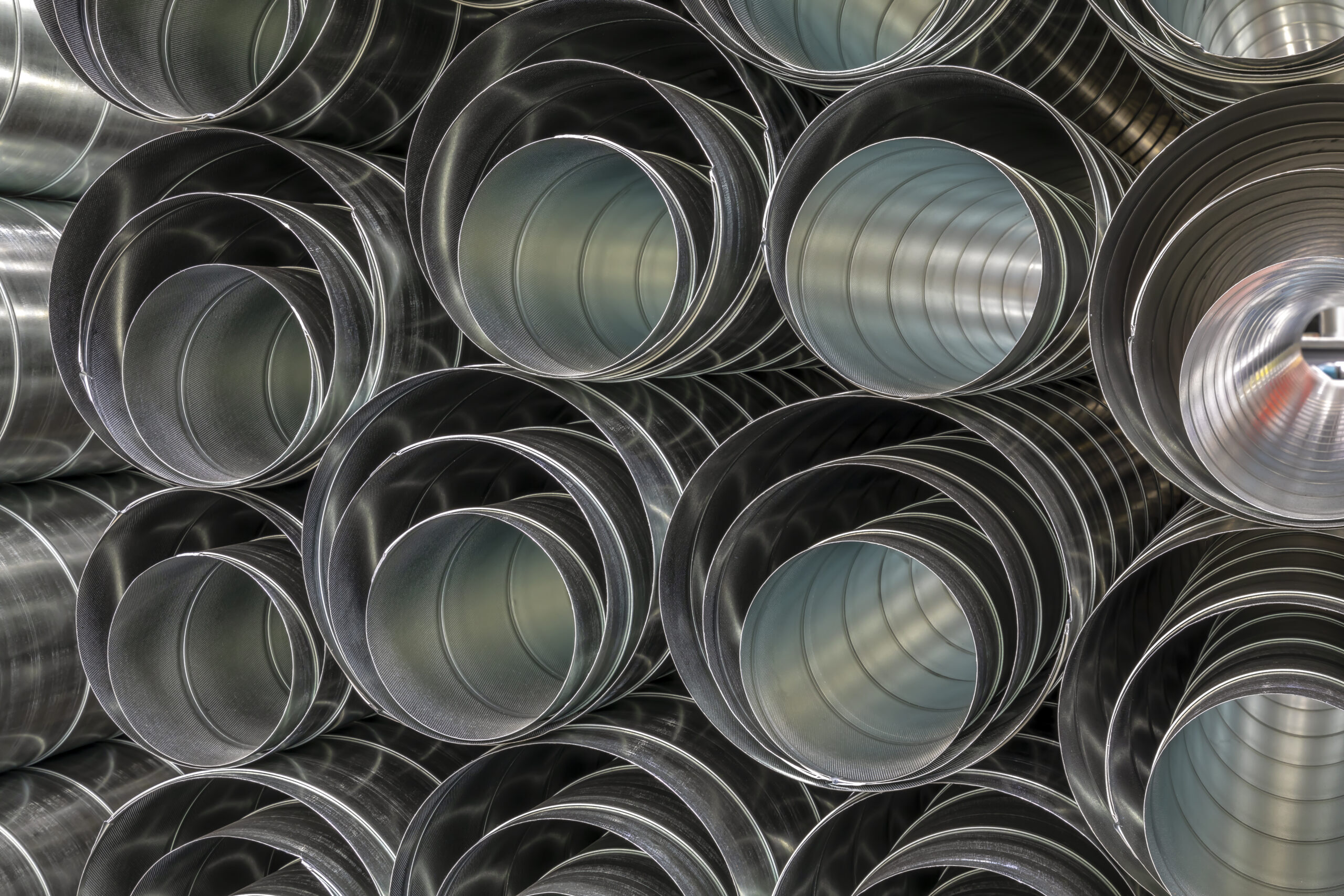Automation, IoT and 3D Printing: These 3 Trends Will Dominate Your Facility in 2020

Presented by: CoreNet Global
Author: Carolina Weidler, Science and Technology Studio Director, Hendy
There are many considerations that go into setting up a manufacturing or production facility. Site availability, environmental issues and even high employee wages are often at the forefront of the conversation. But don’t let those stop you from building.
To overcome these challenges, many forward-thinking companies are deploying creative solutions to cut costs and increase productivity.
Take a look at a few key trends impacting the industry and how it affects your building’s design.
People + automation.
Automating your production line is no longer a thing of the future. Robots are starting to prove their worth by performing many tasks quicker and more accurately than people. To this point, many facilities across Asia and Europe have jumped on the bandwagon, yet adoption in the
U.S. is far behind. While the initial sticker shock has kept many companies from automating their production facilities, rising labor costs and the need for increased productivity are helping companies see the value in the investment.
With this shift comes the need to update space. The creation of a process-driven facility can dramatically optimize current space and production lines. In fact, one robot could potentially replace five people’s jobs. Therefore, facility managers will need to consider how much square footage is needed to accommodate equipment versus people both on the assembly line and in pathways. They also need to factor in design elements that allow for convenient access to service or replace equipment.
24/7 connectivity through the Internet of Things.
The Internet of Things is changing how facility managers do their job. Take for example, looking at an app that tells you when your machine might break down or need to be replaced. This predictive maintenance can help save time and costs by reducing downtime associated with unanticipated breakdowns. But to benefit from this integrated technology, production facilities need the infrastructure to make it work. Just like adding a charging outlet to your garage space before buying a Tesla, the production floor needs to consider the plug-in and WiFi usage needed to accommodate connectivity. It can also require spaces to be designed with fans and ventilation systems in place to keep machinery from overheating.
Advanced materials lead to simplified space.
Additive manufacturing and the 3D printing industry is forecast to hit $15.8 billion for all products and services worldwide, according to Wohlers Report 2019. And it isn’t expected to slow down anytime soon. This method, in addition to the increased popularity of advanced materials (i.e. ceramics, composites, bio-based polymers and nanomaterials), requires less material than traditional manufacturing methods. The equation is simple – less material equals more space. Taking this into consideration before you design your production floor can help you optimize space that was once used to store large and heavy raw materials.
There is no doubt that technology and advancements in manufacturing will continue to evolve. But what was once a hurdle can now be solutions for your production facility. Most important is a commitment from the start. Before you secure a location and begin improvements to your space, take a hard look at the trends you plan to incorporate and design your space around those features.